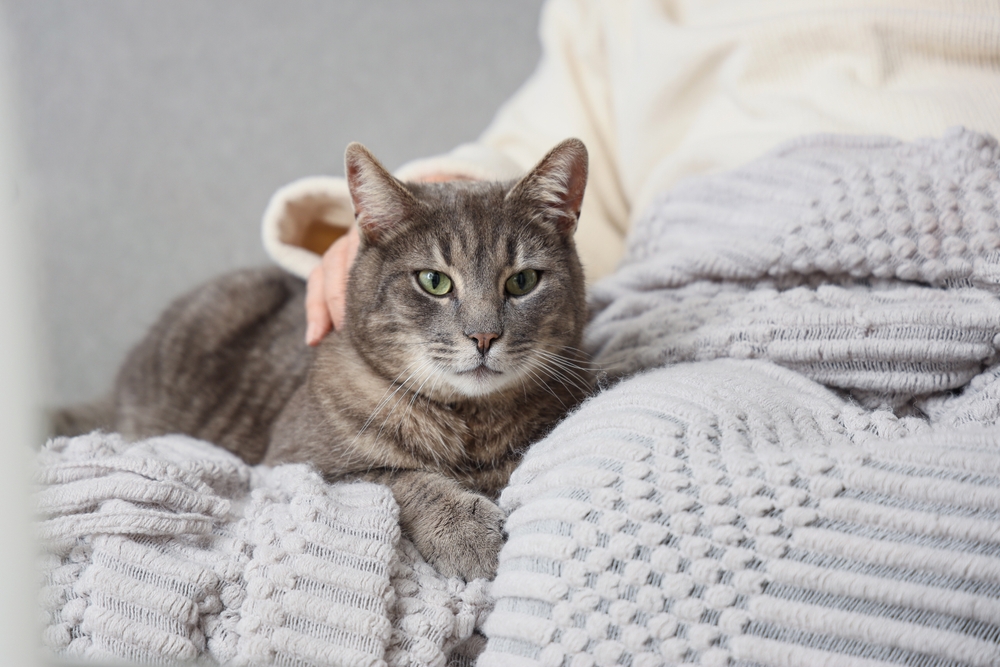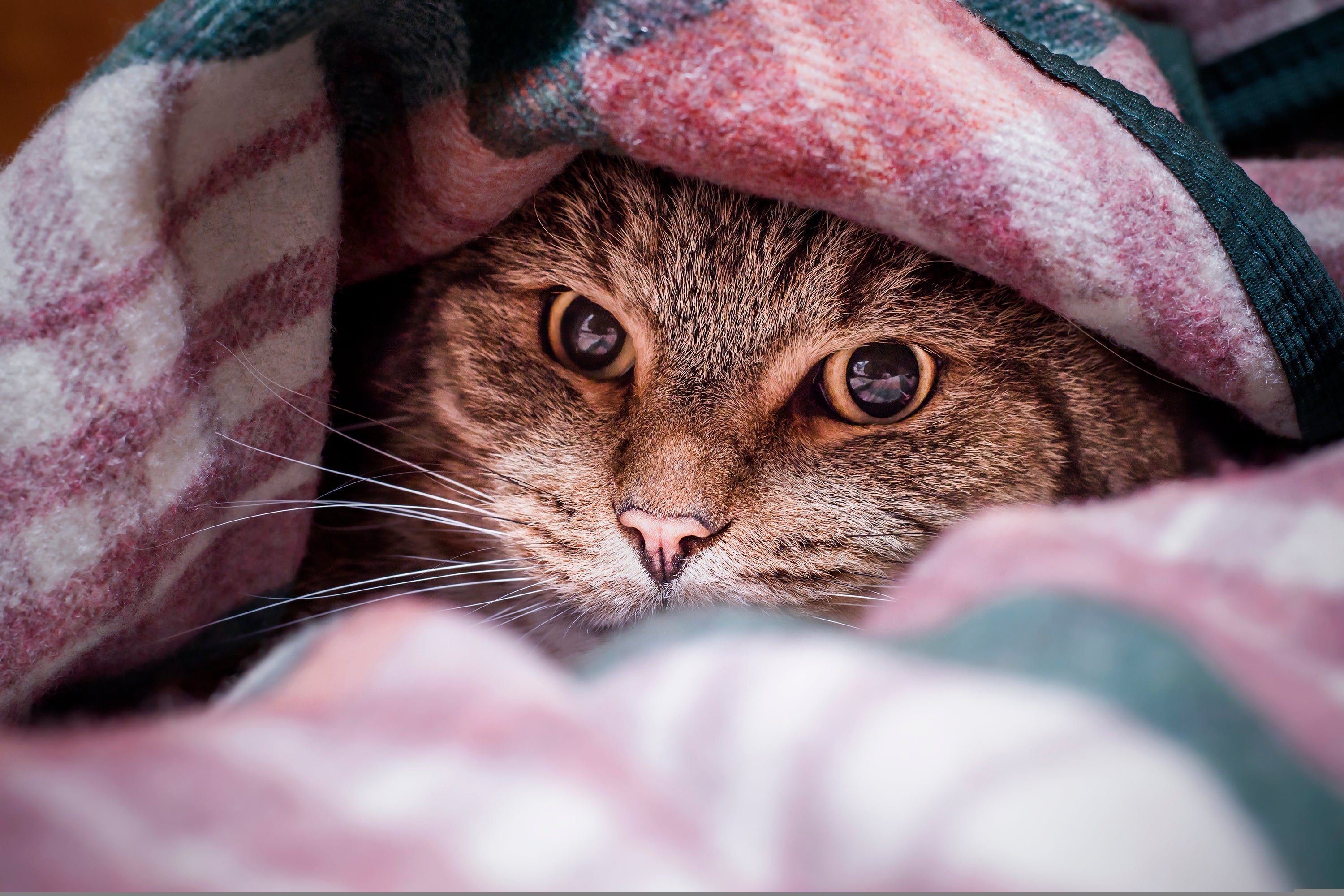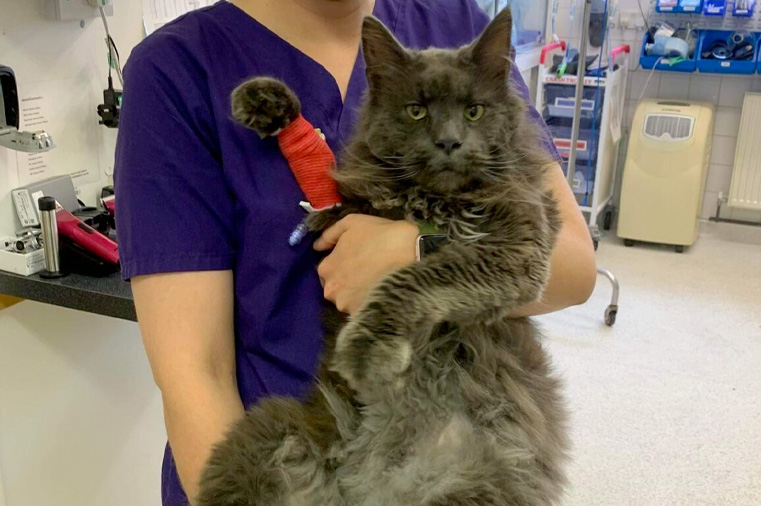Things You Need to Know When Bringing an Elderly Cat to a New Country – The Philippines
Relocating to a new country is a complex process, and when you’re bringing along a senior cat, it requires even more thoughtful planning. The Philippines is a welcoming destination for pet owners, but transporting an elderly feline safely and comfortably involves careful preparation. This article covers everything you need to know about bringing an older cat to the Philippines—from legal requirements and health checks to comfort tips and post-arrival care.

Understanding Import Regulations for Cats in the Philippines
Before planning your cat’s journey, it’s essential to understand the import regulations set by the Philippine Bureau of Animal Industry (BAI). These rules are in place to protect animal health and public safety. Key requirements include:
-
Import Permit: You must apply for an import permit from the BAI prior to arrival.
-
Health Certificate: Issued by an accredited veterinarian from your home country, this certificate should confirm that your cat is healthy and free from infectious diseases.
-
Rabies Vaccination: Your cat must be vaccinated for rabies at least 30 days—but no more than 12 months—before travel.
-
Additional Vaccinations: Although not always mandatory, vaccines for feline herpesvirus, calicivirus, and panleukopenia are highly recommended.
If your documents are complete and your cat is healthy, mandatory quarantine is typically not required. However, always check for the latest updates from official government channels.
Evaluating Your Cat’s Health and Fitness for Travel
Elderly cats are more vulnerable to travel-related stress and health risks. Before booking a flight, schedule a full veterinary examination. Discuss the following with your vet:
-
Your cat’s ability to handle air pressure, cabin noise, and confinement
-
Any underlying conditions such as arthritis, kidney disease, or heart problems
-
Necessary medications during the trip
-
Recommendations on feeding, hydration, and calming strategies
For some cats, the stress of international relocation may outweigh the benefits. In such cases, consider whether relocation is in your pet’s best interest.
Choosing the Right Travel Method and Carrier
The safest option for elderly cats is traveling in the cabin with their owner. However, not all airlines allow this, so verify pet travel policies with your airline.
When selecting a carrier:
-
Choose an IATA-approved crate that allows your cat to stand, turn, and lie down comfortably
-
Use familiar bedding and add a piece of your clothing to provide comfort
-
Label the carrier with your contact details and your destination in the Philippines
-
Ensure ventilation and secure locks
If in-cabin travel is not possible, work with a pet relocation agency that specializes in handling senior animals.

Adapting to the Philippine Climate and Environment
The Philippines has a tropical climate—hot, humid, and often noisy. These conditions can be challenging for older cats, especially those coming from cooler environments. To ease the transition:
-
Provide a quiet, air-conditioned space for the first few weeks
-
Keep fresh water available at all times
-
Avoid outdoor exposure, especially during the daytime
-
Monitor your cat for signs of dehydration, fatigue, or stress
Senior cats need time and care to adapt to their new surroundings. Patience is essential.
Setting Up Veterinary Support in the Philippines
Identify and connect with a local vet in advance. Major cities such as Manila, Cebu, and Davao have reputable veterinary clinics that offer both general and specialist care. Upon arrival:
-
Schedule a wellness check within the first two weeks
-
Bring your cat’s complete medical records
-
Ask your vet about parasite control, diet recommendations, and follow-up care
Establishing a relationship with a local vet ensures you’re ready for any health concerns that might arise.
Managing Stress and Routine Disruption
Cats are creatures of habit, and elderly cats can be especially sensitive to disruption. Some tips to reduce stress during and after relocation include:
-
Keep feeding and sleeping schedules consistent
-
Minimize changes in diet
-
Create hiding spaces and quiet zones in your new home
-
Use calming products such as pheromone diffusers or sprays
Offer comfort and reassurance while allowing your cat to explore the new space at their own pace.
Travel Documentation and Planning Timeline
Relocating with a senior cat to the Philippines requires proper timing and documentation. Here’s a basic timeline:
At least 2 months before travel:
-
Book an appointment with your vet
-
Begin rabies and other necessary vaccinations
-
Apply for an import permit from BAI
2–3 weeks before travel:
-
Obtain the health certificate from your veterinarian
-
Confirm flight and carrier details
Day of travel:
-
Feed lightly before departure
-
Ensure all documentation is packed in an accessible folder
-
Monitor your cat closely for signs of distress
Final Thoughts
Moving to the Philippines with an elderly cat can be a rewarding experience if approached with preparation and empathy. From complying with import regulations to ensuring your cat’s physical and emotional well-being, each step matters. The journey may be challenging, but with the right support and planning, your feline friend can continue to enjoy a happy, healthy life in your new home.
If you need expert assistance with pet relocation services to the Philippines, ASIAPATA offers comprehensive support tailored to the needs of senior pets. Let us help ensure a safe and smooth journey for your cherished companion.
See more:














